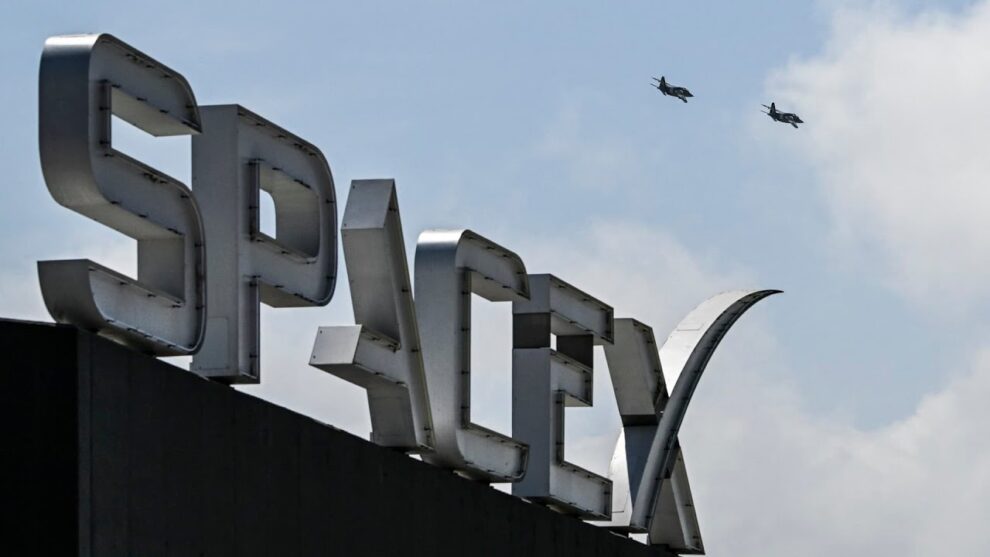SpaceX, under Elon Musk’s leadership, has entered a significant phase of collaboration with the U.S. Intelligence and Military sectors, marked by a pivotal $1.8 billion classified contract aimed at enhancing the capabilities of the United States in the domain of space-based intelligence and surveillance. This development is part of a broader initiative to solidify the U.S.’s position in the evolving space race, characterized by increasing global competition, notably from China and Russia.
Key Highlights:
- Expanding Intelligence Capabilities: The National Reconnaissance Office (NRO) is set to substantially increase its spy satellite fleet to enhance the collection of signals and imagery. This effort is projected to deliver over ten times the current capability, emphasizing the United States’ response to growing global challenges.
- Proliferated Satellite Architecture: The shift towards a diversified satellite array underscores a strategic move to augment coverage, resilience, and data delivery speed. This architecture aims to complicate adversaries’ efforts to compromise U.S. intelligence assets.
- Starshield and SpaceX Collaboration: SpaceX’s specialized unit, Starshield, tailored for government and military contracts, underscores the company’s deepening ties with national security efforts. This includes a $70 million contract for providing secure communication services.
- Responsive Space Initiative: The endeavor to streamline satellite deployment aligns with the U.S. Space Force’s objectives for agility in space mission execution, highlighting the push for a more flexible and robust defense posture in space.
Detailed Analysis
The collaboration between SpaceX and the U.S. Intelligence community represents a pivotal shift towards leveraging commercial space innovation for national security purposes. Major General Christopher Povak of the NRO outlined the plan to not only increase the quantity of intelligence-gathering satellites but also enhance their capabilities significantly. This move is set against the backdrop of increasing space competition, particularly from China, which is rapidly advancing its military space systems, including anti-satellite weapons.
SpaceX’s strategic position in this initiative is highlighted by its massive $1.8 billion contract with the U.S. government, a testament to its crucial role in national defense and intelligence operations. Furthermore, the development of Starshield, a branch of SpaceX dedicated to government contracts, showcases the company’s commitment to supporting U.S. military and intelligence operations through advanced satellite technology and secure communications.
The emphasis on a “proliferated architecture” of satellites reflects a nuanced strategy to enhance the resilience and coverage of U.S. space assets, making it more challenging for adversaries to target or disrupt the U.S. intelligence infrastructure. This strategy aligns with broader defense objectives to maintain and extend U.S. strategic advantages in space, amidst growing threats to space assets.
Moreover, SpaceX’s involvement with the NRO and other national-security organizations signals a growing interdependence between commercial space entities and the national security apparatus. This partnership is not only about deploying more satellites but also about leveraging SpaceX’s rapid satellite manufacturing and launch capabilities to ensure the U.S. stays ahead in the space domain. The integration of commercial innovation with military and intelligence objectives could redefine the United States’ defense and intelligence capabilities in space, setting a new standard for how national security objectives are achieved in the new era of space exploration and competition.
This collaborative effort between SpaceX and U.S. intelligence agencies underscores a strategic evolution in the U.S.’s approach to space and national security, marked by an increased reliance on commercial space industry capabilities to meet the challenges of the 21st century’s space race.








